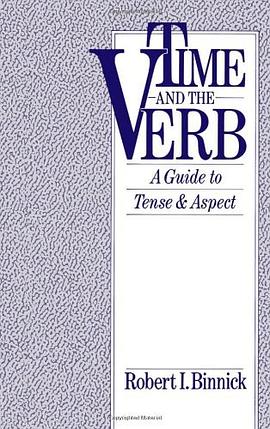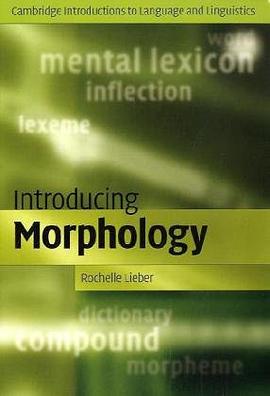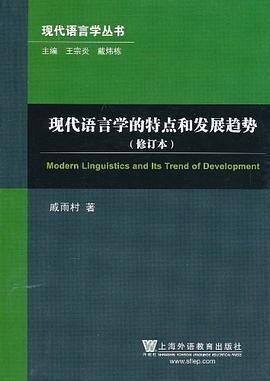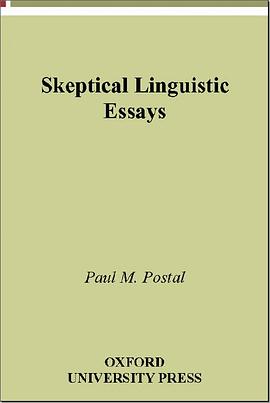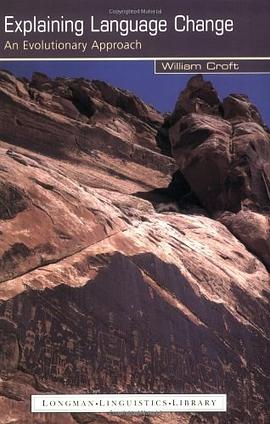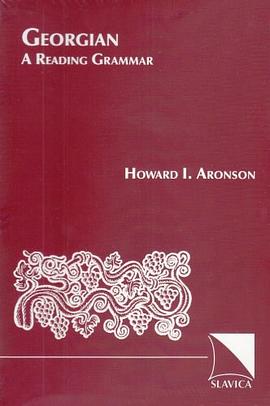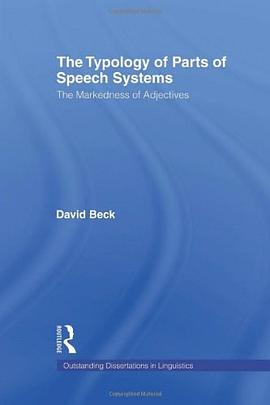

具体描述
This book presents rigorous and criterial definitions of the major parts of speech, noun, verb and adjective, that account both for their syntactic behaviour and for their observed typological variation. Based on an examination of languages from five different groups, Salishan, Cora, Quechua, Totonac and Hausa, this book argues that parts of speech must be defined by combining the criteria of syntactic markedness, which characterises lexical classes in terms of unmarked syntactic roles and semantic prototypicality, which delimits their prototypical meanings. Adjectives are shown to be the marked (and hence, most variable) class because of their inherent non-iconicity at the semantics/syntax interface. The four-member typology of parts of speech systems (languages with three open classes, those that group adjectives with verbs, those that group adjectives with nouns and those that conflate all three) current in the literature is easily generated by free recombination of these two critical features. Closer examination of the data however, casts doubt on the existence of one of the four possible language-types, the noun-adjective conflating theory, which is accounted for here by replacing free recombination of semantic and syntactic features with an algorithm for the subdivision of the lexicon that gives primacy to semantics over syntax.
作者简介
目录信息
读后感
评分
评分
评分
评分
用户评价
相关图书
本站所有内容均为互联网搜索引擎提供的公开搜索信息,本站不存储任何数据与内容,任何内容与数据均与本站无关,如有需要请联系相关搜索引擎包括但不限于百度,google,bing,sogou 等
© 2026 book.wenda123.org All Rights Reserved. 图书目录大全 版权所有

